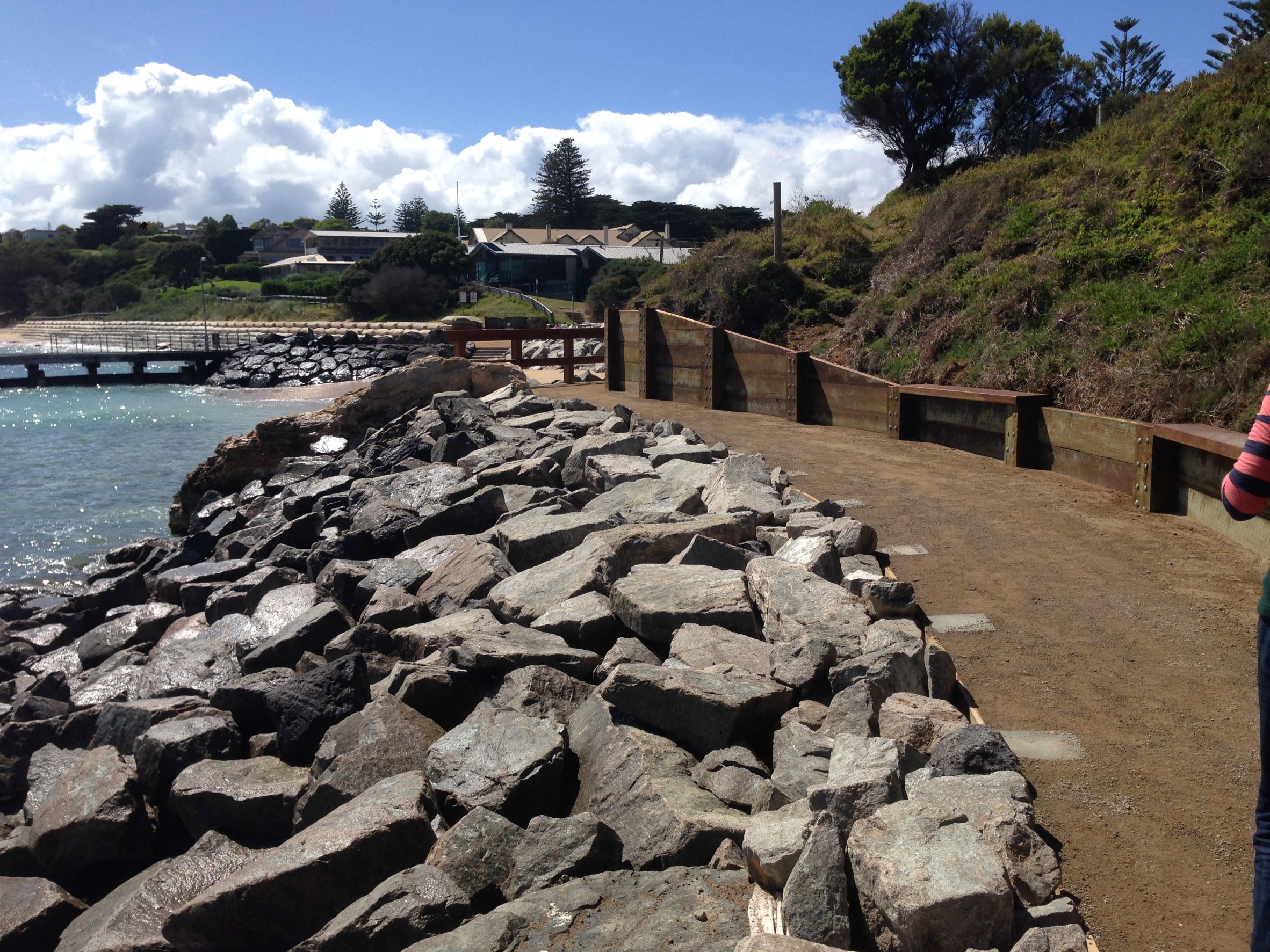Posted on February 9, 2024
“Harnessing the Power of Nature: The Art of Rock Revetment Design”

Image Source: Google
Nature has always been a force to be reckoned with. Its unstoppable power has shaped the landscape of our planet for billions of years, from carving out majestic canyons to shaping the shores of our oceans. As humans, we have learned to harness nature's power in many ways, and one such way is through the art of rock revetment design.
Rock revetments are structures made out of large rocks or concrete blocks that are placed along shorelines to protect them from erosion caused by waves and currents. The design of these structures is crucial to their effectiveness and longevity, as they must be able to withstand the forces of nature while also blending in with the natural surroundings.
One of the key principles in rock revetment design is understanding the dynamics of waves and currents. By studying the behavior of waves and currents in a specific area, engineers can determine the size and shape of the rocks needed to dissipate the energy of the waves. This involves carefully selecting the right type of rocks and placing them in a way that allows water to flow through and around them, reducing the impact on the shoreline.
The arrangement of rocks is also an important aspect of revetment design. By stacking the rocks in a specific pattern, engineers can create a structure that is resistant to wave action and erosion. This often involves using larger rocks at the base of the revetment to provide stability, with smaller rocks on top to create a sloping profile that helps to deflect waves. In some cases, additional layers of rocks may be added to increase the effectiveness of the revetment.
Another consideration in rock revetment design is the impact on the surrounding ecosystem. In many coastal areas, the shoreline is a critical habitat for a variety of plants and animals. It is important to design revetments in a way that minimizes disruption to these ecosystems. This can be achieved by using rocks that are native to the area and positioning them in a way that allows for the natural movement of water and sediment.
In recent years, there has been a growing interest in incorporating natural materials into revetment design. Rather than using concrete blocks, some engineers are now using locally sourced rocks and even living materials such as oyster shells. These natural materials not only provide a more aesthetically pleasing solution but also offer additional benefits to the environment. For example, oyster shells can provide a habitat for marine life and help to filter water.
Advancements in technology have also played a role in the art of rock revetment design. Computer modeling and simulation tools allow engineers to analyze the behavior of waves and currents in a virtual environment, helping them to refine their designs and optimize the placement of rocks. This enables engineers to create more effective revetments that offer greater protection against erosion and minimize the need for ongoing maintenance.
The art of rock revetment design is a delicate balance between harnessing the power of nature and protecting the environment. By understanding the dynamics of waves and currents, carefully selecting and arranging rocks, and considering the impact on the surrounding ecosystem, engineers can create revetments that not only provide protection but also blend seamlessly with the natural beauty of the shoreline.
